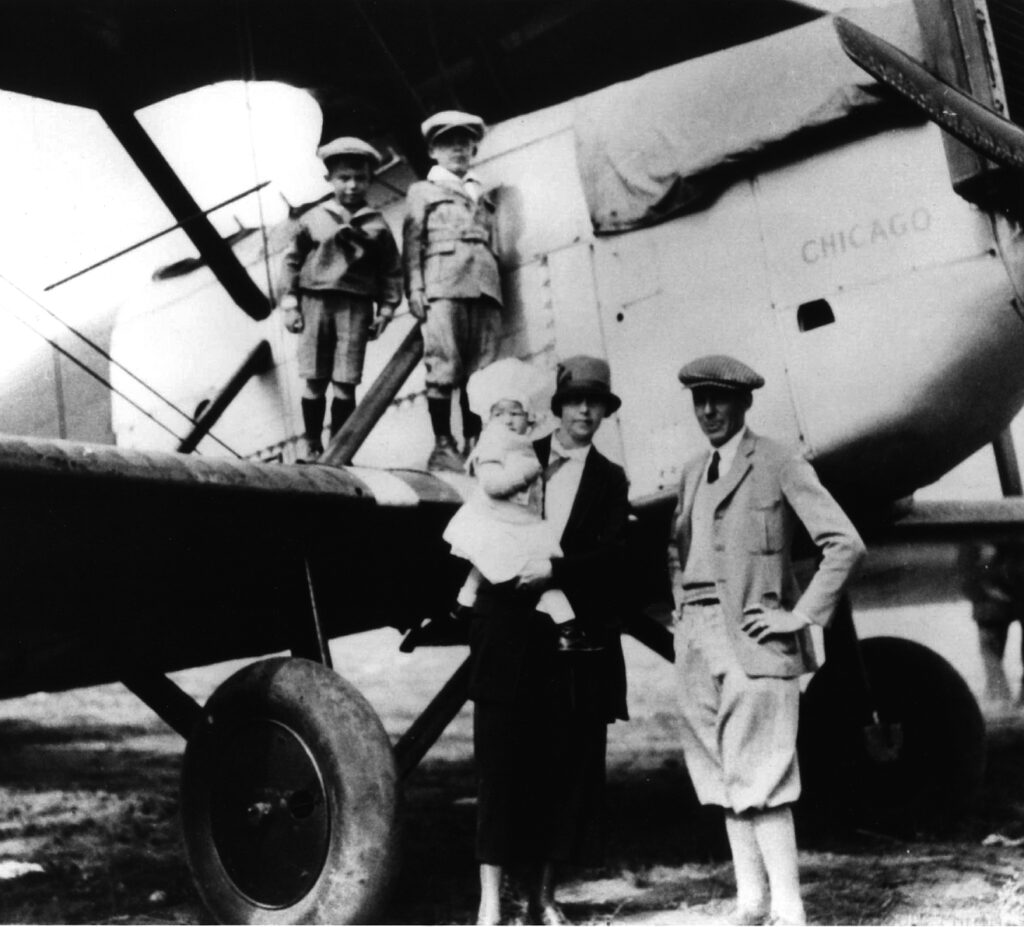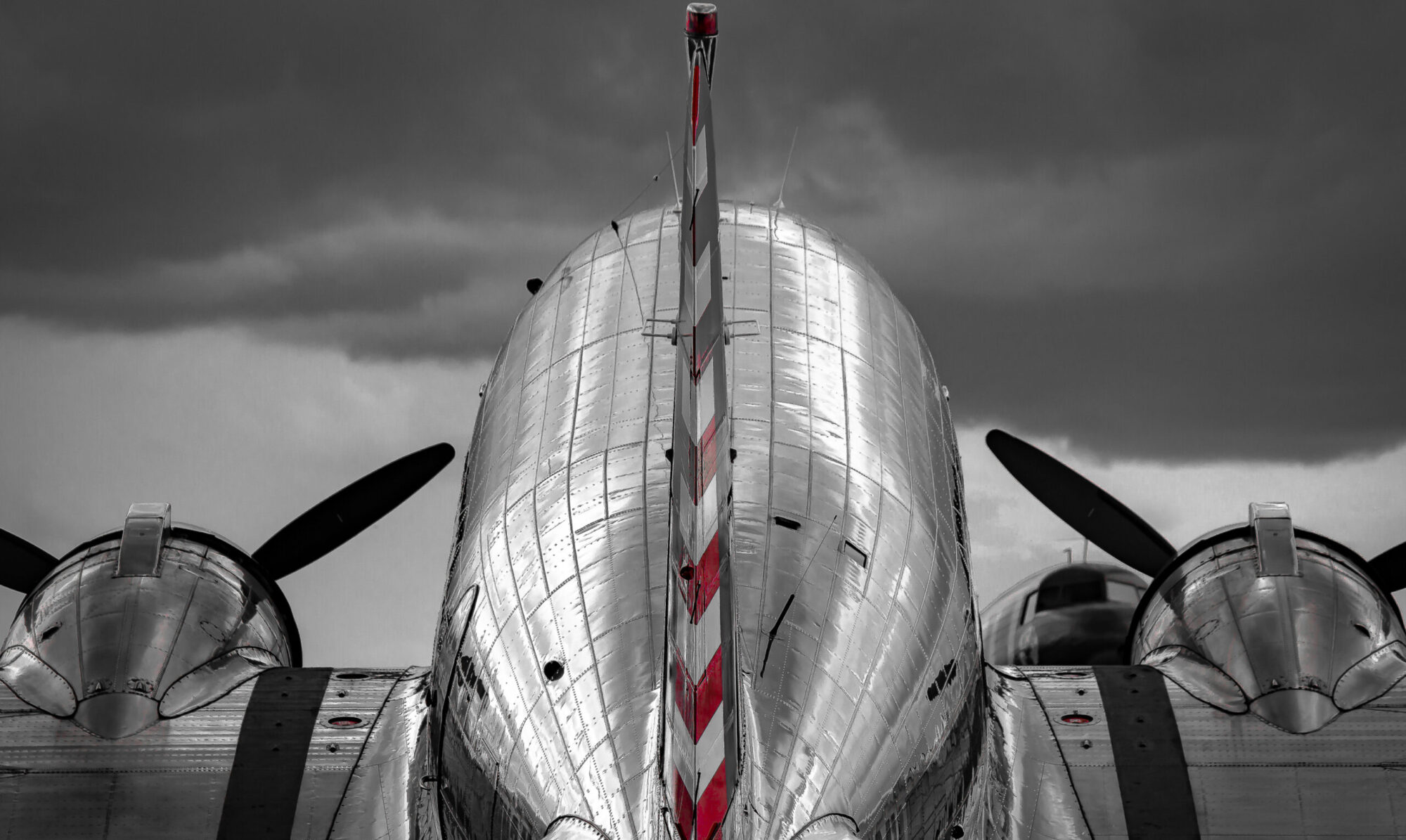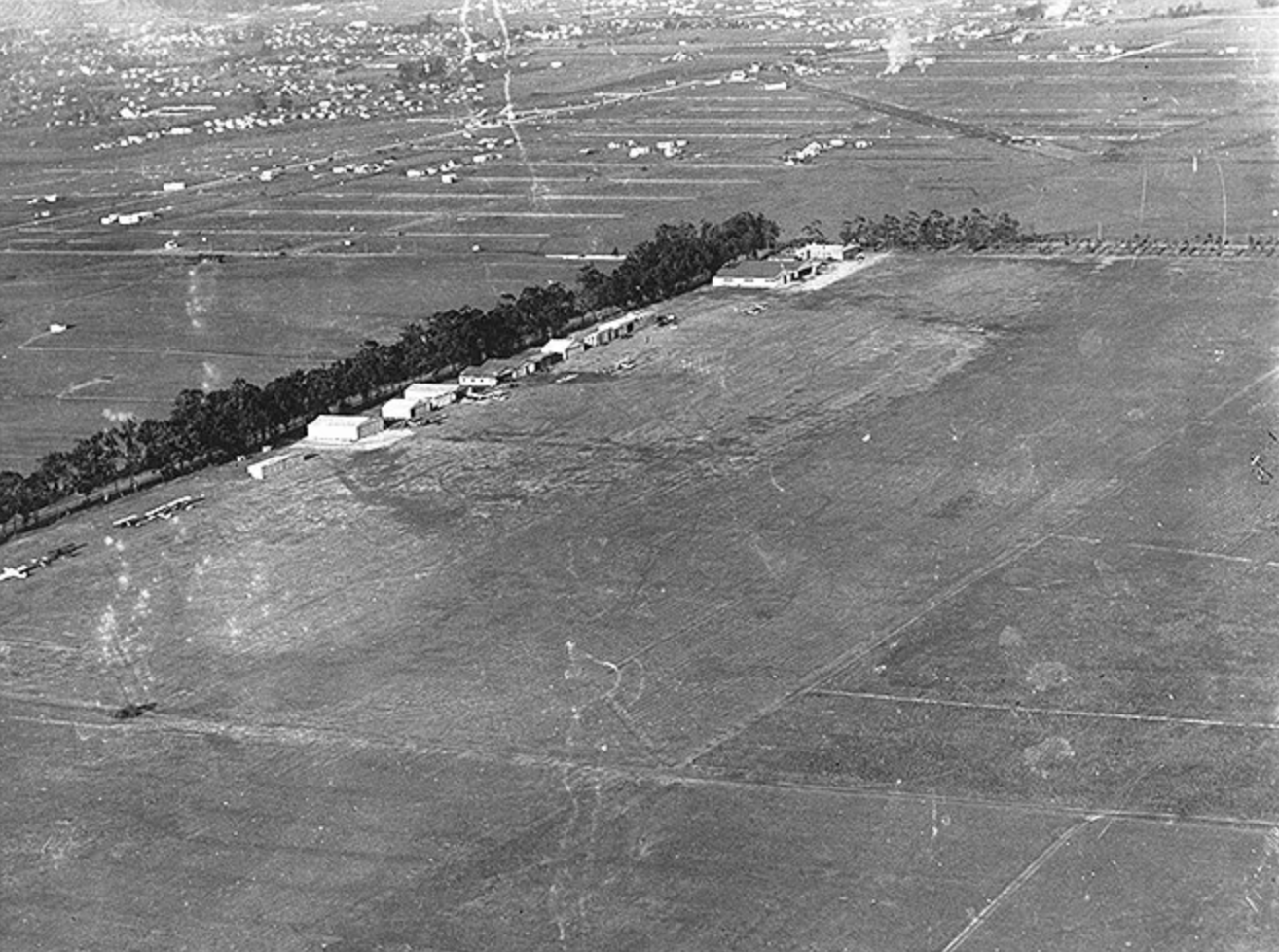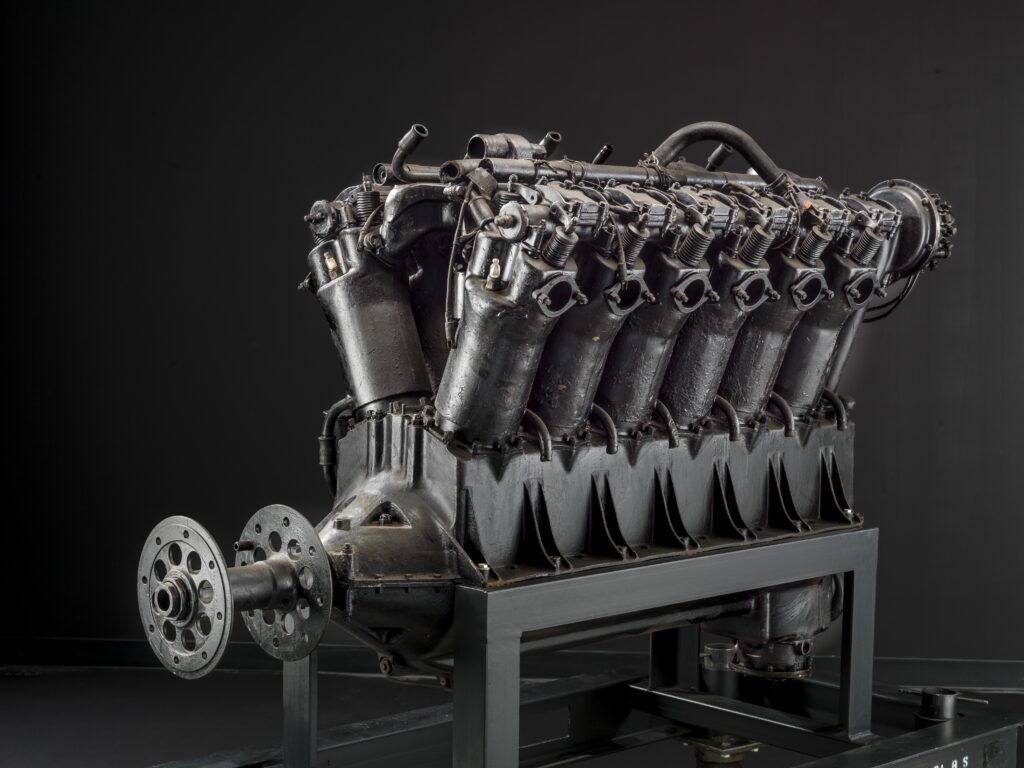Of all the best laid plans, the launch of an around-the-world flight still ranks as a prodigious undertaking—and that’s in the modern era, with reliable aircraft, satellite imagery, and global weather sourcing. Any number of calamities grave and minor could conspire to scuttle the start of the epic journey proposed by the U.S. Army Air Corps for its quartet of Douglas World Cruisers.
Still, hope springs eternal—and certainly it did in the Roaring Twenties. March 16, 1924, was selected as the target, and the city of Santa Monica hosted its World Flight Day on that pleasant Sunday. With a high of 65 degrees F and no precipitation, it would have made a perfect day to take off from Clover Field for points north but for one thing.
The entire Douglas family—at the time, Donald, Charlotte, Donald Jr (born in 1917), William (1918), and Barbara Jean (1922)—fell ill to whooping cough and missed the festivities. The family would catch up to the mighty DWCs as they were prepped to go in Washington state a couple of weeks later.

And who would fly these ships of wood and metal and fabric around the world? Each one would carry a pilot and a technician—one to fly and one to keep it flying—and the roster represented what the Air Corps considered to be its top ranking pilots, as well as ones capable of the mission ahead.
In Ship Number One: Major F.L. Martin, commander of the World Flight and Commandant of Chanute Field in Rantoul, Illinois; and Staff Sergeant A.L. Harvey, mechanic.
In Ship Number Two: Lt. Lowell Smith, a transcontinental ace and holder of the world’s endurance record at the time; and Technical Sergeant A,H. Turner, technician.
In Ship Number Three: Lt. Leigh Wade, former test pilot at McCook Field; and Staff Sergeant A.H. Ogden from the First Pursuit Group in Detroit.
In Ship Number Four: Lt. Erik Nelson, engineering officer for the World Flight; and Lt. John Harding Jr., maintenance officer.
Alternate crew members were there as well: pilots Lt. Leslie P. Arnold, and Lt. LeClair Schulze, a Pulitzer racer in 1922.
As the pilots assembled for the flight, they were supposed to bunk at the posh hotels in Santa Monica, but none would give the DWC crews special rates. I suppose pilots were cheap even back then… fortunately, the Christie Hotel in Hollywood stepped up to the plate.
From “Sky Master”: “Although an excellent hotel, the Christie wasn’t among the blue-blood establishments. The offer was accepted. When the flyers returned as heroes to Santa Monica after encircling the world, the managers of the luxury hotels begged the men to be their guests without any charge. The flyers thanked them, smiled, and returned to the Christie.”


